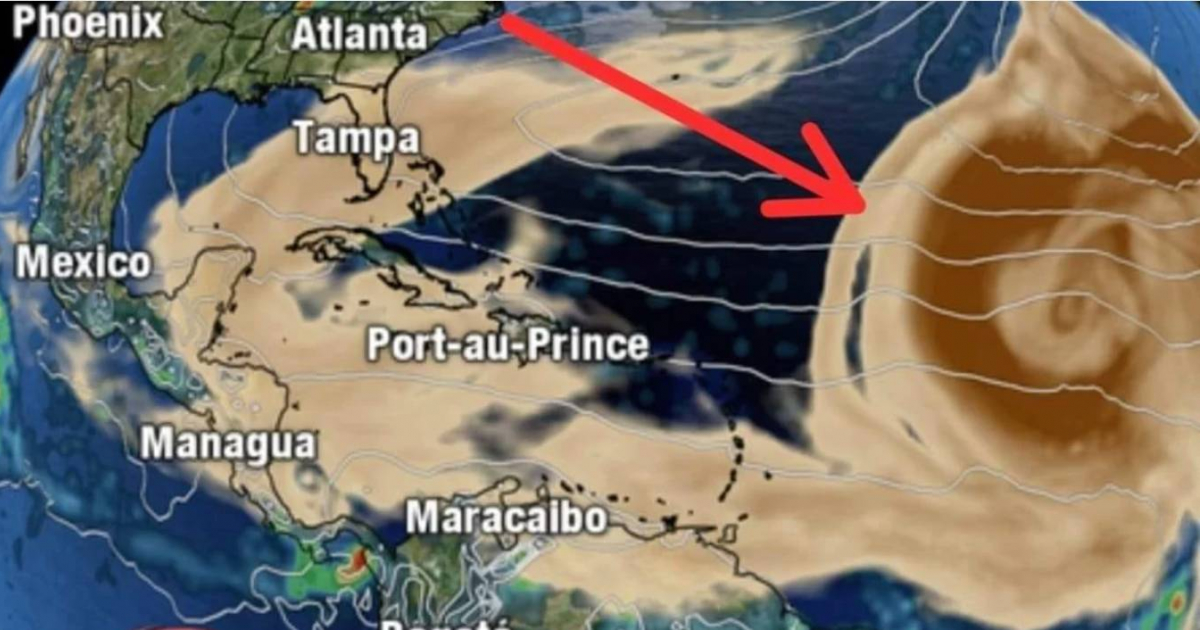
The tropical Atlantic is being affected by the most significant Sahara dust outbreak of the last two years.
This phenomenon has temporarily affected tropical activity and has contributed to the cooling of the waters in the Atlantic, especially near Africa, as reported by Local 10.
According to the information, the dry air loaded with dust coming from the deserts of northern Africa generally reaches its peak in late June and July, and is an anticipated part of the seasonal cycle.
In 2023, the presence of Sahara dust was minimal, with the lowest coverage recorded in at least 20 years, since satellites began measuring that variable.
In response to those wondering if this phenomenon can decrease the presence of hurricanes, experts said that while well-synchronized dust outbreaks can stifle their development by spraying dry air in the tropics and increasing wind shear on the edges of the dust cloud, there is little relationship between dust and overall cyclonic activity.
This is because Sahara dust dissipates rapidly as hurricane activity increases towards the end of August.
We cannot rely on the increase in dust for the remainder of this hurricane season, but its presence is encouraging news in the short term following the start of the most active season in the last 30 years, according to forecasts.
The deep tropical Atlantic will remain inactive until next week, partly thanks to the dust that has been largely absent since 2022, the note points out.
However, it is recommended to take this break to strengthen hurricane supply kits, as the season will resume soon, and August, the first major month of the season, is less than three weeks away, experts highlighted.
Matt Devitt, a meteorologist from Pennsylvania State University, recently reported that among the negative consequences of this phenomenon are poor air quality, which can worsen respiratory conditions, as well as cloudy skies and dust rain.
He also mentioned that the occurrence of storms diminishes, although they could become stronger. He pointed out that the sensation of heat intensifies, and that dust can transport bacteria, which could lead to algal blooms like red tide.
What do you think?
COMMENTFiled under: